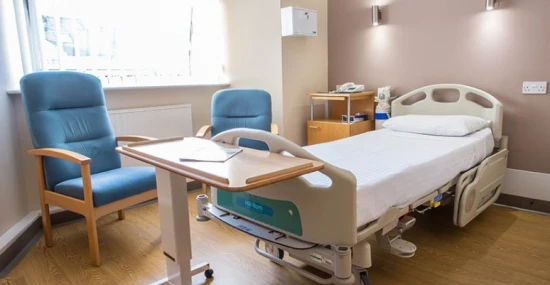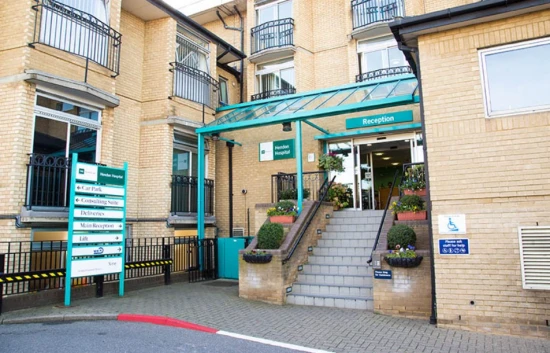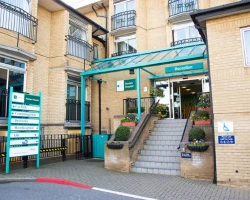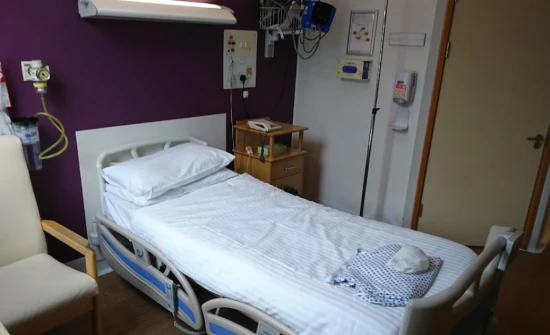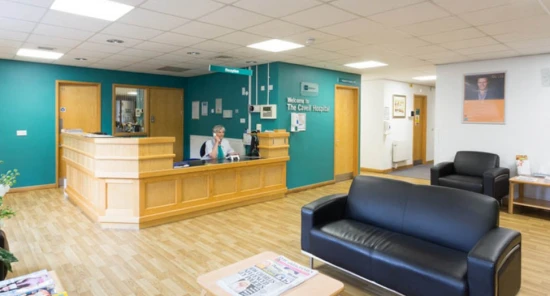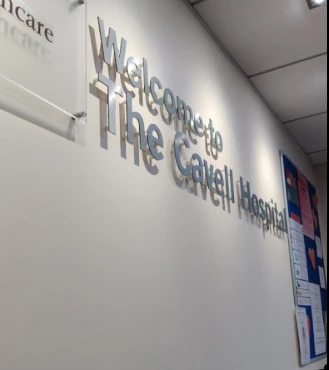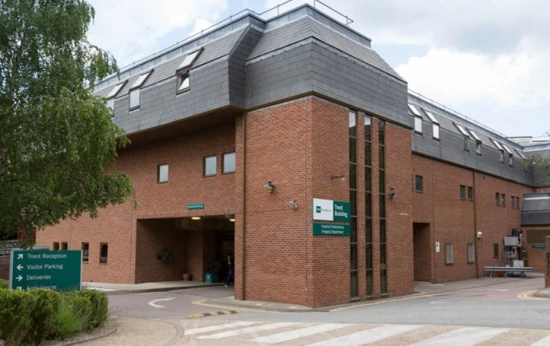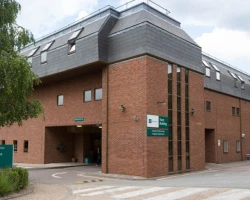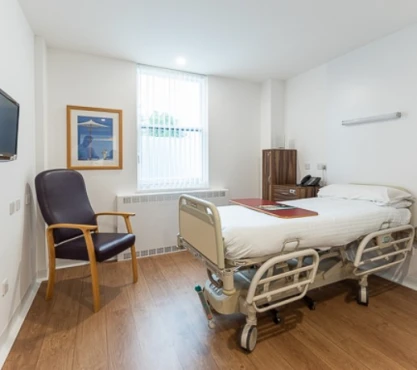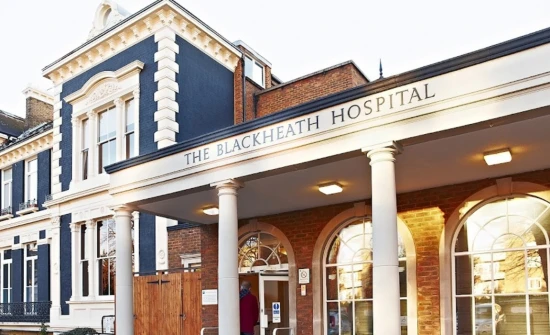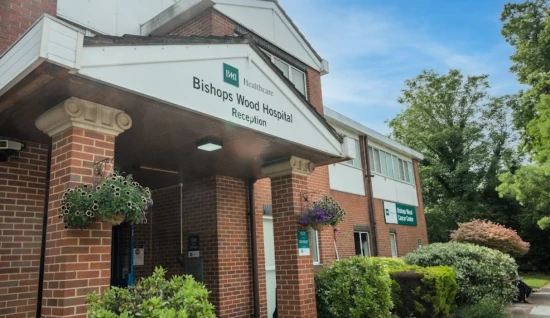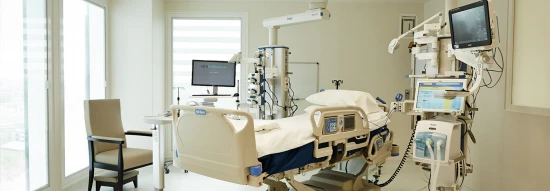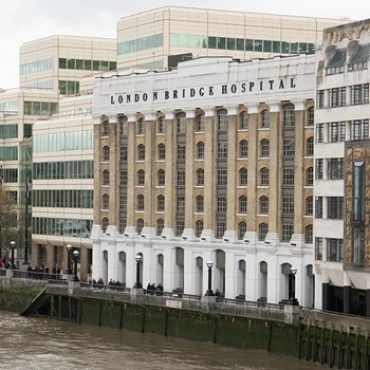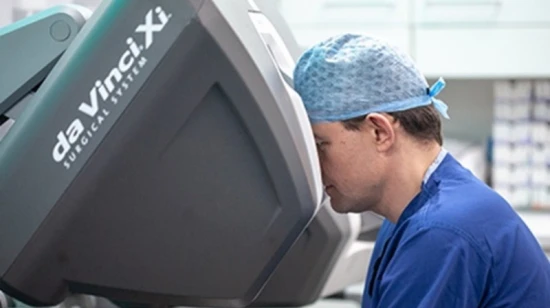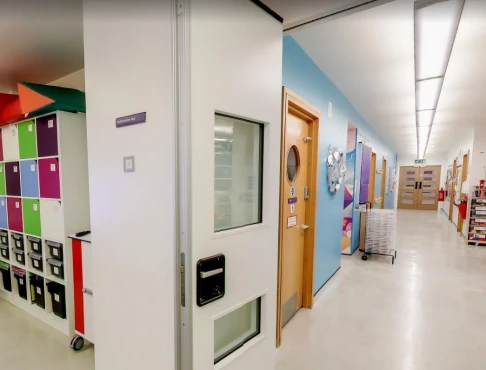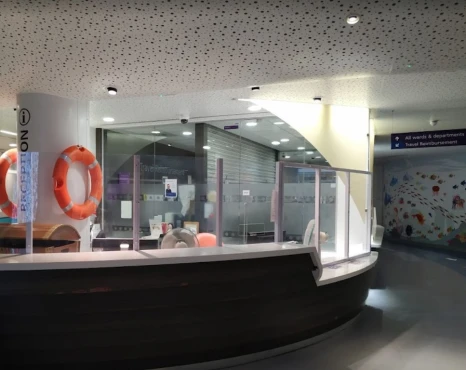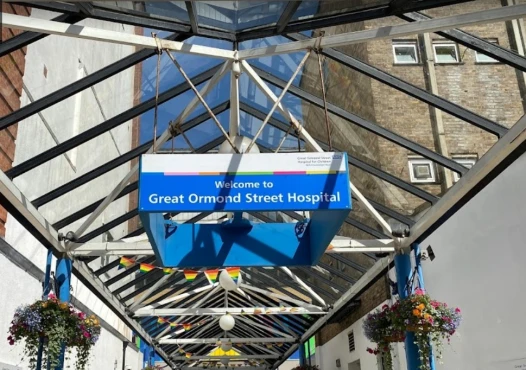Laminectomy is a surgical procedure performed to relieve pressure on the spinal cord or nerves by removing part or all of the lamina, a section of bone in the spine. It is often used to treat conditions like spinal stenosis or herniated discs, which can cause pain, weakness, or numbness. Recovery typically involves physical therapy to restore mobility and strength.
Laminectomy procedure, Benign prostatic hyperplasia (BPH) disease treatment in 7 clinics in London with additional parameter
7 clinics specializing in Oncology, Spine surgery, and Vascular surgery providing
Laminectomy
Laminectomy is a surgical procedure performed to relieve pressure on the spinal cord or nerve roots. It involves removing a portion of the lamina, the bony arch covering the spinal canal, to alleviate symptoms caused by spinal stenosis or herniated discs
Read more...
procedure, treatment of
Benign prostatic hyperplasia (BPH)
Benign prostatic hyperplasia (BPH) is a non-cancerous enlargement of the prostate gland commonly seen in aging men. It can cause urinary symptoms like frequent urination, weak stream, and may require medication or surgery for management.
Read more...
disease in Londonwith additional parameter of rating.
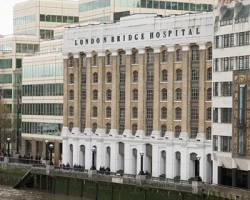
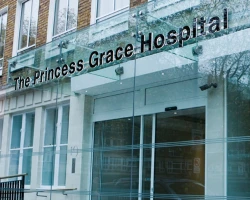
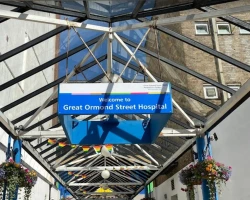
Procedure price distribution in London
Laminectomy:
Procedure prices in popular countries:
Laminectomy:
Countries with the highest number of clinics offering the procedures treatment:
Laminectomy:
Clinics grouping by rating
Clinic with the highest rating of 4.6 — BMI Bishops Wood Hospital in London, United Kingdom, clinic with the most reviews number of 737 — BMI The Blackheath Hospital in London, United Kingdom.
With rating 4.0 and over — 7 clinics .
Countries with the highest number of clinics treating the diseases:
Benign prostatic hyperplasia (BPH):
Related procedures:
Benign Prostatic Hyperplasia (BPH): Overview and Treatment
Benign prostatic hyperplasia (BPH) is a non-cancerous enlargement of the prostate gland that commonly occurs in older men. Symptoms can include frequent urination, difficulty starting or stopping urination, and weak urine flow. Treatment options often include medications to reduce prostate size or relax bladder muscles, and in some cases, minimally invasive procedures or surgery may be needed to alleviate symptoms.
- Alejandro Santos, M.D.

